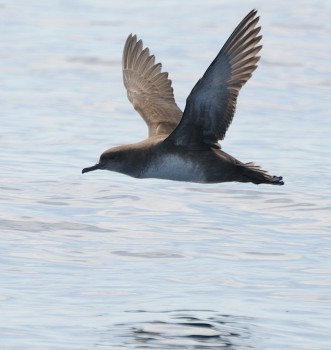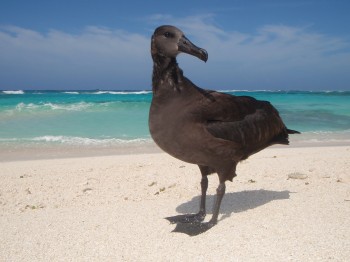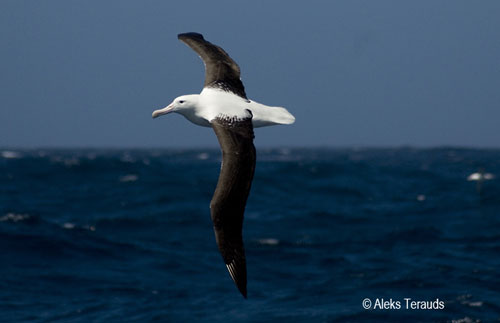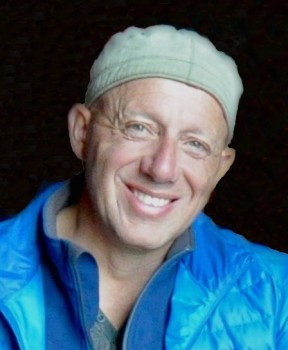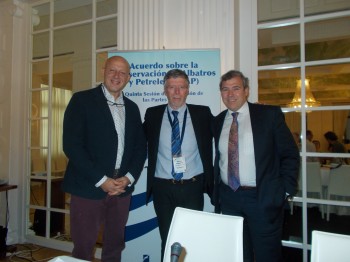The USA’s National Oceanic and Atmospheric Administration (NOAA) Fisheries project “Preventing Migratory Seabird Mortality in U.S. West Coast Groundfish Longline Fisheries” is the 2015 recipient of the Presidential Migratory Bird Federal Stewardship Award. The award was announced at the annual meeting of the Council for the Conservation of Migratory Birds on 7 May.
NOAA Fisheries, in collaboration with many partners, works to keep seabirds off the hooks of vessels using bottom longline gear in fisheries off of the U.S. west coast of Washington, Oregon and California (click here).
The award project “involves a relatively simple and low-cost solution known as streamer [bird-scaring] lines. Streamer lines consist of a long piece of rope with strands of orange tubing suspended every 5 meters that hang down to the water’s surface. Fishermen deploy the streamer lines from the stern of longline fishing vessels along with the line of baited hooks. Because the streamer lines are attached to a high point on the back deck of the vessel, they extend back to cover and protect the area where the baited hooks are sinking, preventing the seabirds from get hooked or entangled” (click here).
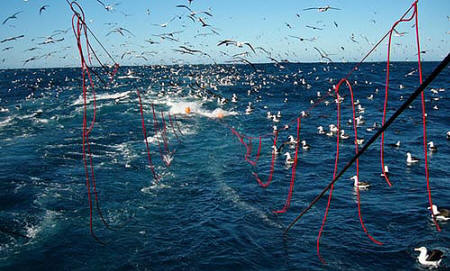
Twin bird-scaring lines deployed, photograph by Barry Watkins
The award is shared (among others) with Washington Sea Grant’s Ed Melvin, a long-standing member of ACAP’s Seabird Bycatch Working Group, who has trialled different designs of bird-scaring lines in the North Pacific and off southern Africa. “In 2009 Melvin and team traveled farther afield to work with the Japanese tuna fleet off South Africa. After testing multiple streamer and weighted long-line combinations, they found a configuration that, together with setting baited lines at night, eliminated seabird bycatch with virtually no impact on crew labor or fish catches” (click here).
With thanks to Barry Baker for information.
Selected Literature:
Melvin, E.F., Guy, T.J. & Read, L.B. 2013. Reducing seabird bycatch in the South African joint venture tuna fishery using bird-scaring lines, branch line weighting and nighttime setting of hooks. Fisheries Research 147: 72-82.
Melvin, E.F., Guy, T.J. & Read, L.B. 2014. Best practice seabird bycatch mitigation for pelagic longline fisheries targeting tuna and related species. Fisheries Research 149: 5-18.
John Cooper, ACAP Information Officer, 22 May 2015

 English
English  Français
Français  Español
Español 